Non-warping Wood for Base?
| Speedy Builder5 | 06/02/2022 12:28:05 |
| 2878 forum posts 248 photos | well seasoned wood, look for old furniture. Best stuff is a spare leaf from an old table top. |
| JohnF | 06/02/2022 12:50:25 |
1243 forum posts 202 photos | Depends on your location but if you want quality hardwood look here **LINK** also look at the latest Blog on the site relating to how they treat heir timber. I have no connection other than a satisfied customer, if you are close enough they usually have a bin of off cuts always very inexpensive. John |
| Mike Poole | 06/02/2022 13:58:54 |
3676 forum posts 82 photos | I doubt there is such a thing as non warping wood but once wood has stabilised in a location that the temperature and humidity maintain reasonably constant levels it shouldn’t move much. A veneered man made board is much more likely to have reasonable stability and with some care can be very convincing as a solid board of timber Mike |
| Dr_GMJN | 06/02/2022 14:12:46 |
1602 forum posts | Thanks all - That's a nice F-104 Ramon; another prize winner no doubt? Cheers |
| Former Member | 06/02/2022 14:15:37 |
| 1085 forum posts | [This posting has been removed] |
| Dave Halford | 06/02/2022 14:33:11 |
| 2536 forum posts 24 photos | That big would need an engineered hardwood floorboard such as the B&Q ones with a matching beading around the edges to hide the pine innards. |
| Versaboss | 06/02/2022 14:52:08 |
| 512 forum posts 77 photos | If you want a kind of wood which really doesn't warp, then look at 'Panzerholz'. Made by Delignit Kind regards,
Edited By Versaboss on 06/02/2022 14:52:48 |
| Dr_GMJN | 06/02/2022 14:57:57 |
1602 forum posts | Posted by Steviegtr on 06/02/2022 00:17:08:
Mainly the most stable of woods is Hardwood. It is expensive, but If you used say solid oak. It would never move. But your bank account would. Steve. This is what happened to the solid oak plank I got, after being indoors for a few months: I realise a lot of factors need to be considered when discussing how prone a certain wood it to warping, and the conditions that might lead to it, but to say solid oak will never move certainly isn't correct. |
| JasonB | 06/02/2022 15:22:35 |
25215 forum posts 3105 photos 1 articles | Two off cuts of 6mm veneered MDF from the backing of your sideboard glued to a strip of 18mm MDF will give you the thickness and a balanced lamination. and stick on some strips of 6mm thick solid oak lippings so you can plane or router cut the chamfer. You don't have to have a solid filling, strips will do to keep the weight down Alternative is to glue up another lamination of MDF preferably MR cut to final size once glued a sit's easier than trying to stop the layers squirming about as you clamp them together. Then cut a 6x6 rebate around the top edge and glue in some 6x6 square oak strip. Get some "flexiveneer" and cuts so strips to glue to the ends and then the sides, finally cover the top and bottom with same. Router cut the chamfer which will cut through the veneer and into the 6x6 strip. Apply finish of choice. A few such constructions
And a couple of cabinets for boats
Edited By JasonB on 06/02/2022 15:25:29 |
| Clive Hartland | 06/02/2022 15:27:55 |
2929 forum posts 41 photos | Dr_GMJN. I am interested which glue you use on the paper models, at the moment I use UHU but get contraction of the joins. Every other glue has a long drying time. I did try the glue used on balsa models but that also contracts joints, do you have any recomendations? Clive |
| Dr_GMJN | 06/02/2022 15:58:23 |
1602 forum posts | Sorry Jason, I'm not sure what you mean. After 6 weeks of going stir crazy with a broken foot at Christmas, and now 10 days to self-isolate in the spare bedroom with Covid, I'm not 100% with it. |
| John Doe 2 | 06/02/2022 15:59:17 |
441 forum posts 29 photos | I think that freshly felled wood needs to season for something like 7 years before it is truly stable? I don't know of anyone who sells such properly seasoned wood - it's often kiln dried which will warp. So old furniture would probably be a good source. I had to literally throw away a lovely 1930s oak dining table some years ago, (long story), which broke my heart because of the workmanship and the quality of oak used. You could maybe pick up plain furniture at your local town or county furniture auction rooms for not too much money as long as it's not Chippendale ! Kitchen units seem fairly stable; the units in the house we bought have what seem to be solid oak drawer fronts - made from three strips glued together and veneered on the front surface, and they are all straight and true. They could be bought separately from Howdens or someone and used as mounting boards? If your display shelves absolutely must not warp even slightly, maybe a thick 'plank' of aluminium with thin oak veneer glued on all sides and finished to look like a solid piece of timber? Edited By John Doe 2 on 06/02/2022 16:01:10 |
| Dr_GMJN | 06/02/2022 16:08:55 |
1602 forum posts | Posted by Clive Hartland on 06/02/2022 15:27:55:
Dr_GMJN. I am interested which glue you use on the paper models, at the moment I use UHU but get contraction of the joins. Every other glue has a long drying time. I did try the glue used on balsa models but that also contracts joints, do you have any recomendations? Clive Clive, For large, flat pieces, I use UHU to secure - it doesn't cause wrinkling like PVA because it's not water based - it touches the paper surface and quickly skins over rather than soaking in. This is why I scrapped the first attempt - the PVA soaked into the deck, and gave a horrible egg crate effect where the thin substructure pieces touched it. I've not found it contracts, but wouldn't be surprised. If used as above, contraction shouldn't be an issue anyway. UHU is useless for small parts because it's stringy and uncontrollable. For the vast majority of assembly I use Formula 560 PVA canopy glue. I often tape parts together, and paint (sparingly) a slightly thinned bead along the join. Wrinkling isn't much of an issue on corner joints or small parts. One advantage of Formula 560 is that it's water soluble, so if you screw up you might have a chance of re-dissolving it with water and trying again; it's saved me many times. Full thread here if you're interested in registering: Bismarck, HMV, 1:250 - PaperModelers.com Thanks.
|
| Chris Evans 6 | 06/02/2022 16:44:22 |
2156 forum posts | Would "Buffalo Board" suitably veneered work ? Used for trailer floors and I have yet to see any distort. |
| JasonB | 06/02/2022 16:52:28 |
25215 forum posts 3105 photos 1 articles | The first option described is like this Some strips of 18mm MDF say 35mm wide glued onto a piece of 6mm oak veneered MDF with a second piece on top. If you make that structure 1020 x 220 once dried it can be cut down to 1000x200. Then glue some strips of 6mm x 30+ oak around the sides. once set plane/sand flush and then cut your chamfer. Second option is to just glue up solid or with the strips again but just use unfaced MDF.
Once that has been cut to 1000x200 cut a 6mm x 6mm rebate along the edges you want chamfered and glue in some strips of 6x6 oak or a littkle larger and plane flush so you end up with a core that looks a bit like this box where the oak would be your MDF and the ebony your 6x6 oak strips
You can then veneer the ends & trim flush. Veneer the front & back and trim flush. Veneer the top and bottom and trim flush. Finally cut the chamfers which won't expose any MDF as it will just be the soak stringing that shows through |
| Mark Easingwood | 06/02/2022 16:56:06 |
53 forum posts 16 photos | Hello, Lovey models. I would broadly do as Jason has suggested. Two sheets of 3 or 6mm MDF for top and bottom, inner framework of MDF strips, (like an aeroplane wing, only flat) Glue it all together, then lip the outer edges with hardwood, say 8mm thick, mitred at the four corners, flush it off with the top/bottom. Veneer over the top and bottom, trim edges flush, then chamfer . Use matching veneer and lipping, and you won't see the join when you chamfer it. Mark. (Joinery Manufacturer).
Jason is quicker than me. Edited By Mark Easingwood on 06/02/2022 16:57:19 |
| Dr_GMJN | 06/02/2022 18:29:29 |
1602 forum posts | Thanks all. Jason - yes, the first option is what I like - I've had no luck with attaching thin veneer to the edges of any veneered MDF furniture I've make, so having the top surface already done is good. Only difference to what you say is to get overall dims back to 1000 mm x 200 mm, I would have to machine to 988 mm x 198 mm before sticking the 6 mm solid sides and ends onto it. Another similar option, which would avoid any thin veneer would be to use 6 mm veneered MDF for the top, sides and ends, all cut to be 6 mm short, then glue in square stock and chamfer all edges (top and vertical)? In fact there are lots of combinations of the above. I guess it depends on the capacity of my friend's CNC router becasue I know if I try to do it by hand I won't be happy with it. |
| pgk pgk | 06/02/2022 18:34:28 |
| 2661 forum posts 294 photos | Posted by John Doe 2 on 06/02/2022 15:59:17:
I think that freshly felled wood needs to season for something like 7 years before it is truly stable? I don't know of anyone who sells such properly seasoned wood - it's often kiln dried which will warp. Should you ever have need for realistic quantities of 'real wood' then there are a few small scale private wood-mills about. I did visit one locally a few years ago - had a stack of tree butts in a field and their own 'Wood Mizer' horizontal bandsaw in an old barn. The problem and cost comes from the heavy gear needed to collect and move such timbers about. Much of their business was logs for woodburners from scrap and poor quality trees but there were several nice specimens of wild cherry and others in the stack - but not cheap- you'll be buying most of the tree. pgk |
| JasonB | 06/02/2022 19:03:44 |
25215 forum posts 3105 photos 1 articles | The place that I get any green oak (fresh cut) that I need has a couple of Wood-Mizers, one set up in a barn and another they do mobile sawmilling with. These days it's more economical to import regular sizes of green oak ready sawn from France so they just use the mill for weather boarding and specials. The main hardwood supplier that I use is Surrey Timbers and they have a lot of slabs of native and imported timbers many of the native ones they have cut and air or kiln dried themselves, better pictures on their FB page As said by PGK the usual rule of thumb is 1yr per 1" of thickness for air dried timber but that needs to be conditioned of finally kiln dried for interior use. |
| Howard Lewis | 06/02/2022 19:36:37 |
| 7227 forum posts 21 photos | The thought comes to mind of using four laminations. They would need to be carefully selected, of the same wood, of the same thickness and in pairs, s near identical as possible. One pair are glued back to back, in such a way that any warping would be longitudinal, but in opposing directions, so that one negates the warping in the other one. The same technique would be applied to the other pair of laminations, but with the grain running at right angles, so as to provide stability in the other plane. Would this work? Or have I just invented plywood. Howard Edited By Howard Lewis on 06/02/2022 19:37:49 |
Please login to post a reply.
Want the latest issue of Model Engineer or Model Engineers' Workshop? Use our magazine locator links to find your nearest stockist!
Sign up to our newsletter and get a free digital issue.
You can unsubscribe at anytime. View our privacy policy at www.mortons.co.uk/privacy
- *Oct 2023: FORUM MIGRATION TIMELINE*
05/10/2023 07:57:11 - Making ER11 collet chuck
05/10/2023 07:56:24 - What did you do today? 2023
05/10/2023 07:25:01 - Orrery
05/10/2023 06:00:41 - Wera hand-tools
05/10/2023 05:47:07 - New member
05/10/2023 04:40:11 - Problems with external pot on at1 vfd
05/10/2023 00:06:32 - Drain plug
04/10/2023 23:36:17 - digi phase converter for 10 machines.....
04/10/2023 23:13:48 - Winter Storage Of Locomotives
04/10/2023 21:02:11 - More Latest Posts...
- View All Topics
- Reeves** - Rebuilt Royal Scot by Martin Evans
by John Broughton
£300.00 - BRITANNIA 5" GAUGE James Perrier
by Jon Seabright 1
£2,500.00 - Drill Grinder - for restoration
by Nigel Graham 2
£0.00 - WARCO WM18 MILLING MACHINE
by Alex Chudley
£1,200.00 - MYFORD SUPER 7 LATHE
by Alex Chudley
£2,000.00 - More "For Sale" Ads...
- D1-3 backplate
by Michael Horley
Price Not Specified - fixed steady for a Colchester bantam mark1 800
by George Jervis
Price Not Specified - lbsc pansy
by JACK SIDEBOTHAM
Price Not Specified - Pratt Burnerd multifit chuck key.
by Tim Riome
Price Not Specified - BANDSAW BLADE WELDER
by HUGH
Price Not Specified - More "Wanted" Ads...
Do you want to contact the Model Engineer and Model Engineers' Workshop team?
You can contact us by phone, mail or email about the magazines including becoming a contributor, submitting reader's letters or making queries about articles. You can also get in touch about this website, advertising or other general issues.
Click THIS LINK for full contact details.
For subscription issues please see THIS LINK.
Model Engineer Magazine
- Percival Marshall
- M.E. History
- LittleLEC
- M.E. Clock
ME Workshop
- An Adcock
- & Shipley
- Horizontal
- Mill
Subscribe Now
- Great savings
- Delivered to your door
Pre-order your copy!
- Delivered to your doorstep!
- Free UK delivery!











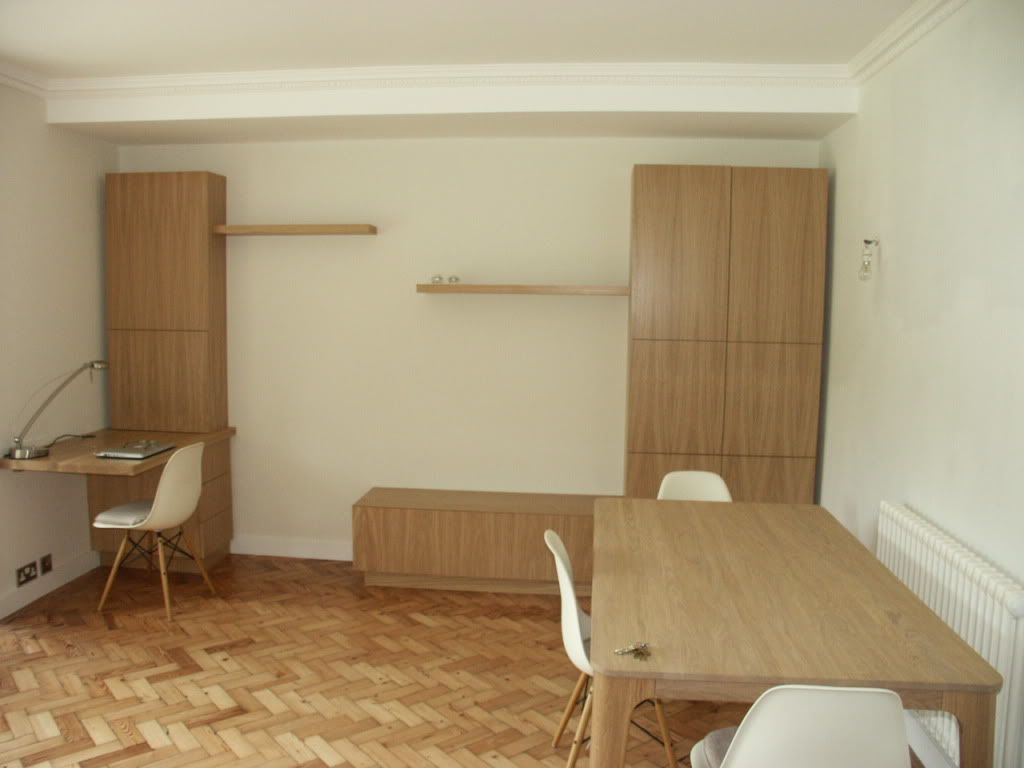
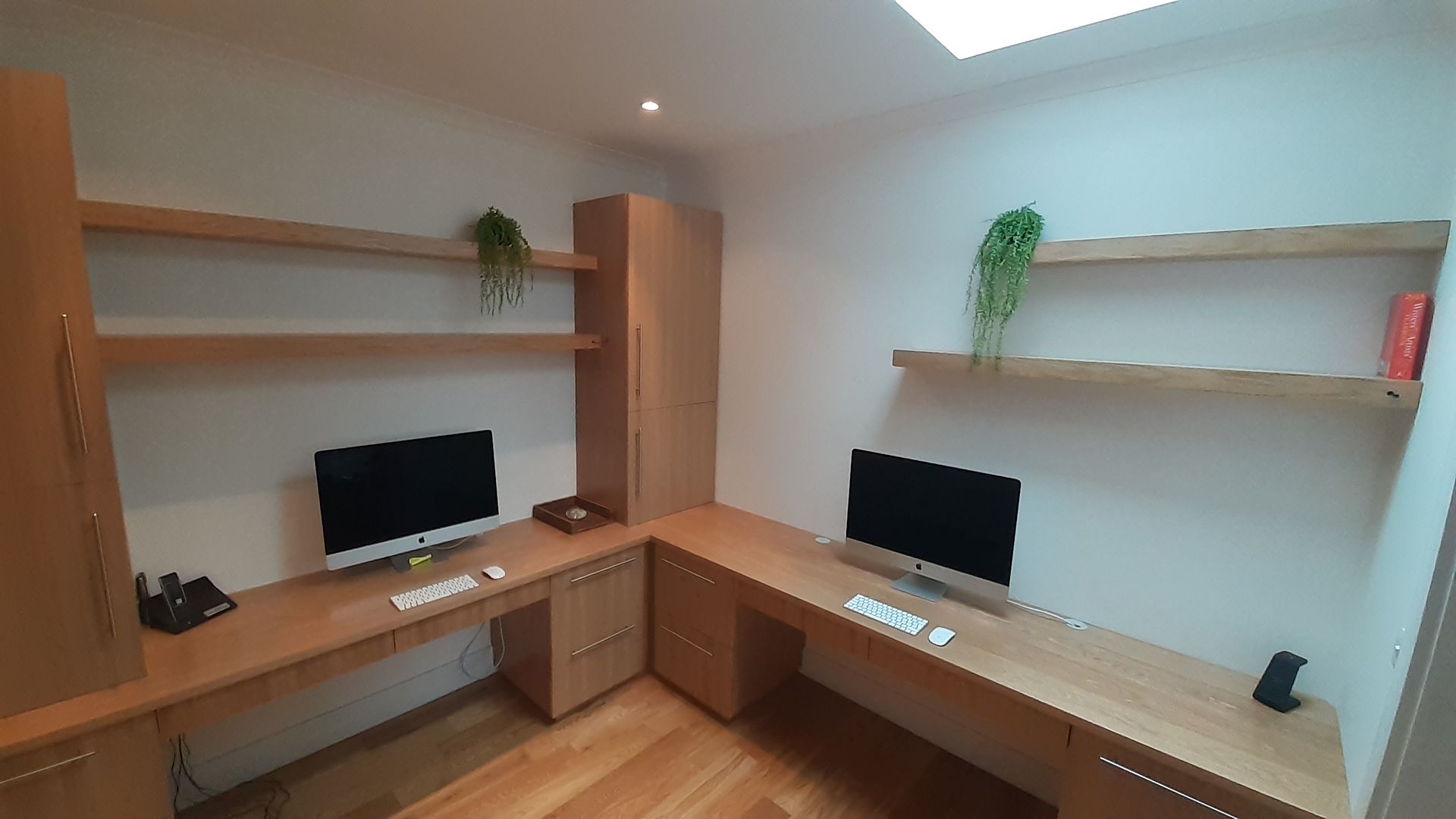
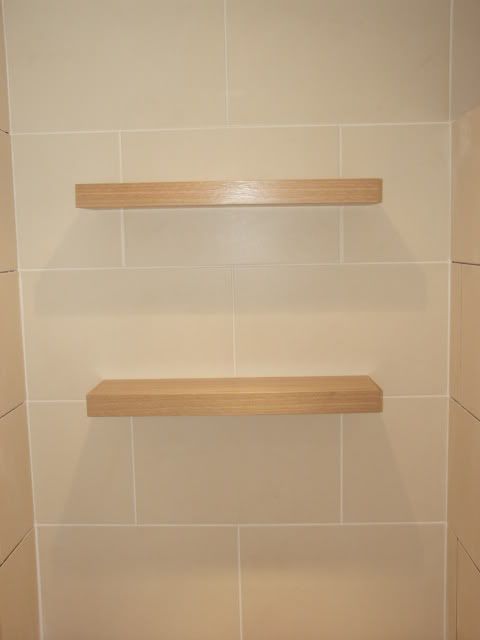


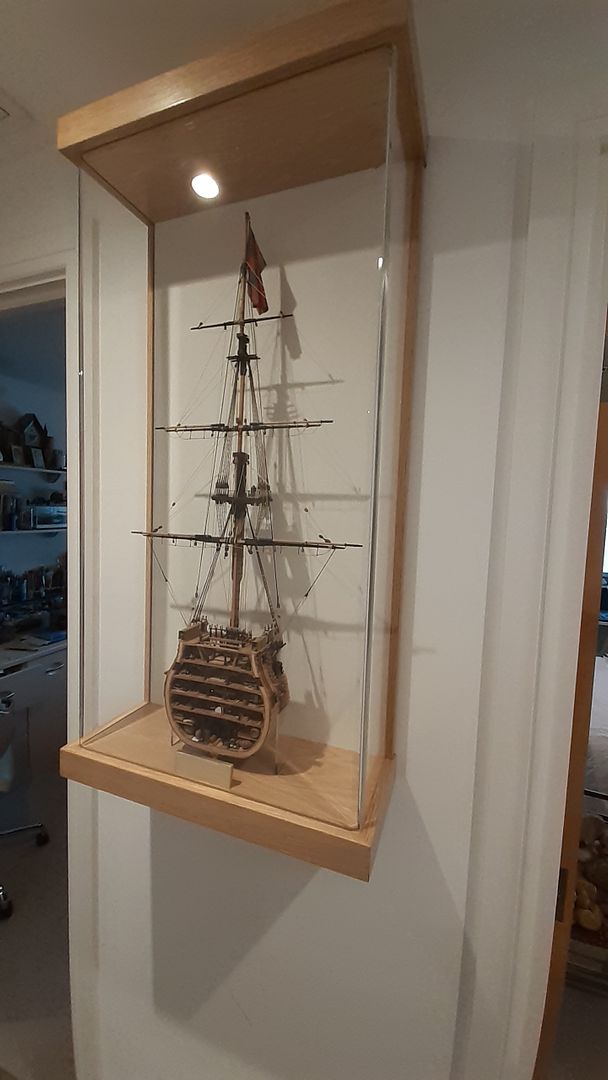



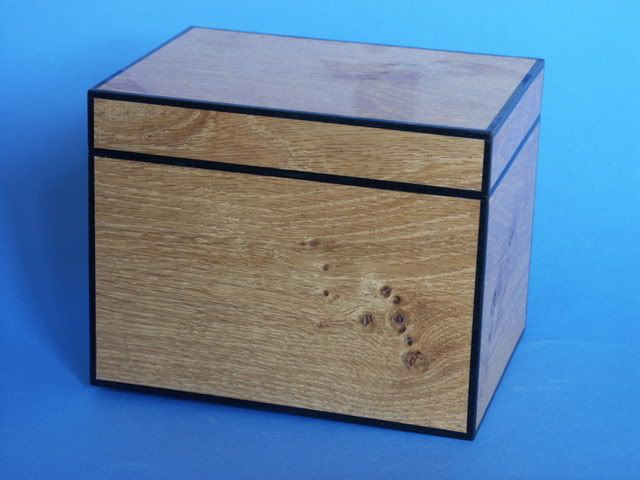










 Register
Register Log-in
Log-in


